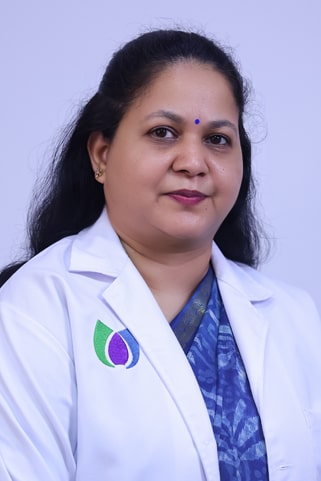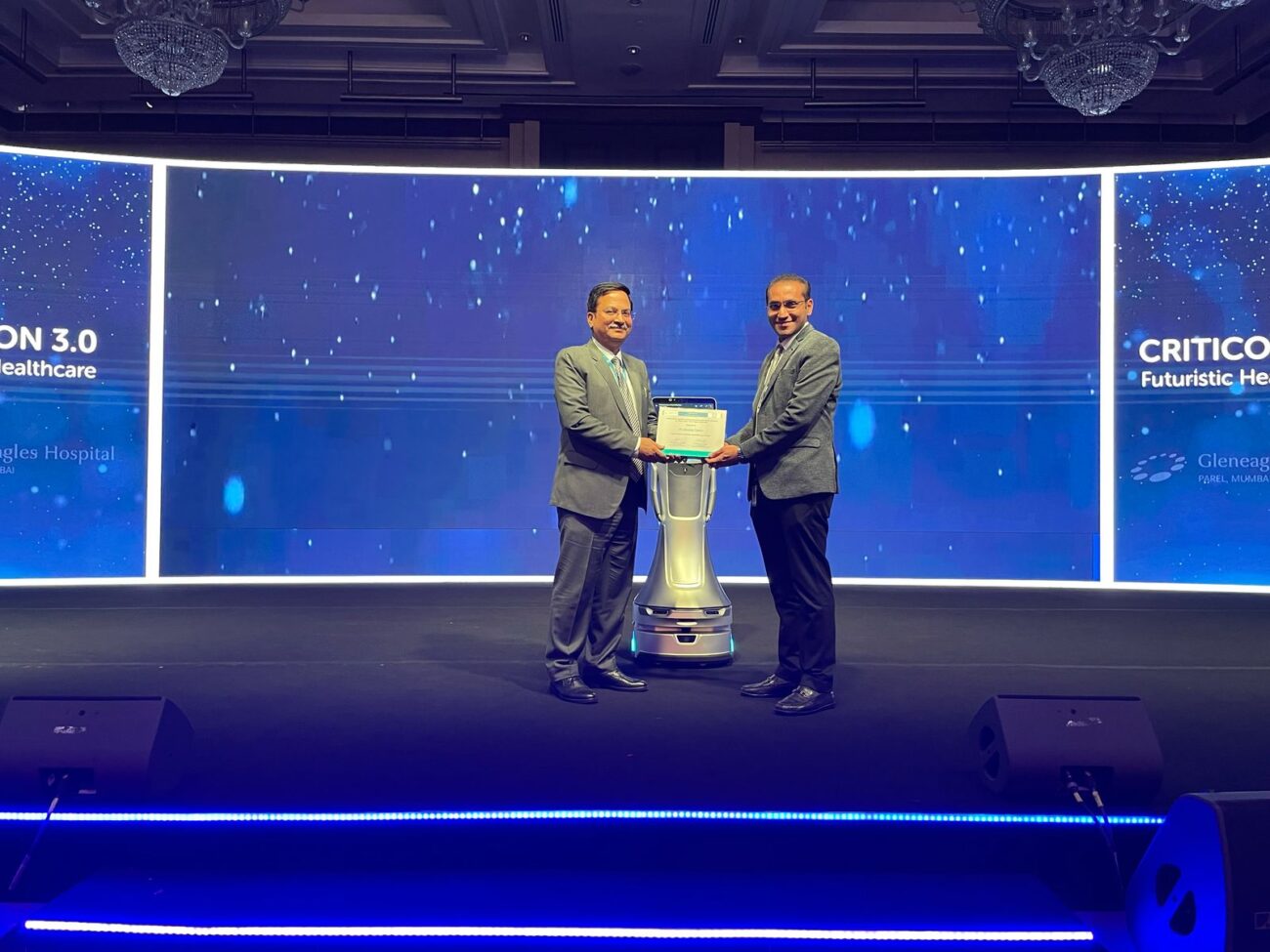The Hidden Risks of C-Section: Impact on Future Fertility
Dr. Varini N, Sr. Consultant - Obestetrician & Gynaecologist, Milann Fertility Center, Bengaluru A C-section is a determined decision for a reason during delivery. It is usually taken when a woman cannot deliver or have complications

Dr. Varini N, Sr. Consultant – Obestetrician & Gynaecologist, Milann Fertility Center, Bengaluru
A C-section is a determined decision for a reason during delivery. It is usually taken when a woman cannot deliver or have complications in delivering a baby through vagina. The decision to do a C-section is made before the delivery or during the last moment of the delivery, if the mother or the baby are having any kind of complications and are in distress. The decision of C-section is often taken for the health and safety of the mother and the child.
As with any surgery caesarean section involves it’s own complications. It is known that c section increases the risk of endometriosis, pelvic infection causing tubo-ovarian mass and adhesions which could contribute to the causes of infertility.
Let’s know in detail about the effects of C-section on Fertility & future pregnancies: —
- Placenta Accreta: Women who have undergone C-section are at a high risk of developing placenta accreta, a condition where the placenta grows too deeply into the uterine wall.
- Placenta Previa: If a woman undergoes C-section, it also increases the risk of placenta previa where the placenta partially or completely covers the cervix.
- Uterine rupture: In C-section there is also a higher risk of uterine rupture during future pregnancies. This is a very critical issue and could endanger mother’s and baby’s lives.
- Adhesions and Scarring: C-sections can cause adhesions and scarring in the pelvic area. If fallopian tubes and ovaries become adherent causing tubo-ovarian mass, it could lead to difficulty in conceiving , in future .
- Endometriosis: Women having C-section may be at a higher risk of developing endometriosis, a condition where the tissue similar to the lining of the uterus grows outside the uterus.
- Risk of Ectopic Pregnancy: Women undergoing C-section may be at a higher risk of ectopic pregnancy, where the fertilized egg implants outside the uterus. This could be due infections damaging the fallopian tubes.
- Other complications: Damage of other organs such as bladder or
So how do the woman tackle the infertility problems of pregnancy after C-section, here are few tips to improve fertility –
A woman has a C-section should wait for at least 18-24 months before trying the conceive again. As at this time the uterine rupture becomes high and complications of pregnancy can be life threatening. Therefore, a woman should give her body a chance to heal properly and completely.
Women can opt for fertility preserving techniques, such as ovarian reserve testing, which can help women understand their fertility options.
Lifestyle changes go a long way. By maintaining healthy lifestyle, medical comorbidities like hypertension, diabetes and hypothyroidism could be avoided which also contribute to infertility.
Preconception counselling can also help women understand the risks and benefits of future pregnancies and make informed decisions.
While C-sections are necessary for a safety of mother and baby, it is essential for the women to understand the potential impact on future pregnancies and fertility. By reducing risks and improving fertility, women can make informed decisions on reproductive health.






